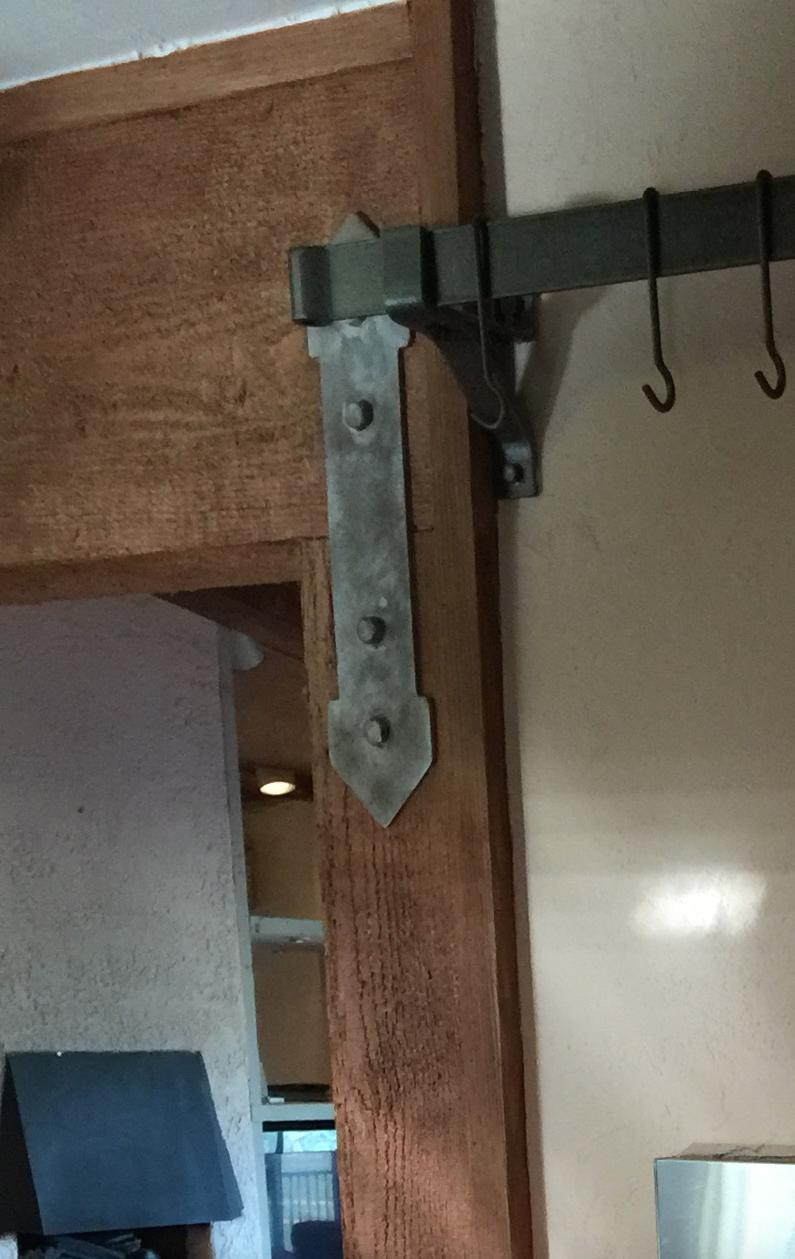Unfortunately there are no easy solutions to removing paint from rough wood in situ.
Methylene-chloride paint remover: Dont know how difficult that would be to remove the pain on the rough surface inside a house
Chemical strippers are in many ways the ideal way to strip paint (and varnish) from woodworker because, as odd as it might seem, they actually pose the least risk to the wood in most cases.
However there are some significant caveats and when it comes to their use indoors the first and foremost is the fumes of course. The strong solvent-based strippers, including amongst other ingredients methylene chloride, are particularly effective (both quick to act and very good at softening a wide variety of paints) but are most definitely a health concern so in an enclosed space great care must be exercised.
There are of course various strippers of the "greener" variety and although many are very much slower they can sometimes be effective.
Regardless of the stripper used though when it comes to wood with a significant texture it can be very difficult to remove all traces from the low spots. It's quite normal to have to treat areas of stubborn paint two or more times with stripper to try to shift it (even with the strong stuff), but often people resort to using picks and other tools to scrape paint out from inside corners, divots etc. Hardly ideal for the woodwork throughout a house! Even with these negatives I hate to say it, stripping may possibly be your best bet.
Sandblasting: Not too familiar with this method
I don't think you'd want to mess with that indoors! The main issue is the horrendous amount of dust generated (remembering this is not just the blasting media but the paint, reduced to fine particles) and it would require extensive masking of all adjacent surfaces.
The abrasive media used in 'sand' blasting is often not sand or another mineral, it can be things like powdered walnut shells and even baking soda, and in the right circumstances it is an extremely good way to remove paint but it's not ideally suited to working outside of a controlled environment and it can do unwanted things to the surface of wood.
Any other inexpensive methods?
For wood with a highly textured surface I can't think of anything I'm afraid.
In general heat guns or blowtorches, used with scrapers of various kinds, can work excellently to get paint off wood but again the rough surface will greatly interfere with the removal and there's a strong risk of localised scorching of 'furry' bits on wood this rough.
You can strip some finishes quite effectively with ammonia as well as a strong caustic soda solution, but ammonia fumes are noxious and potentially harmful in high concentration and caustic soda solutions can cause serious chemical burns (with a particular risk of eye injury), so here too you'd have to be very careful of your personal safety. Also worth noting, as these are both strong alkalis they can have unwanted colouring effects on the wood itself.
In specific circumstances I know a lot of people would attempt to use a belt sander with very coarse paper (60 grit, or possible even lower) to do this but you'll lose a lot of the character of the wood this way, and on installed woodwork there are areas this type of sander can't reach so you'd need to use something else for part of it and blend in the results. Apart from not being a complete solution this would also consume many sanding belts so cost would not be insignificant. Note: even if the sander has a vacuum port and you have a vacuum cleaner attached and running the whole time a lot of dust might be generated.
Sorry if this is all sounding so negative, but it's a tough problem!
